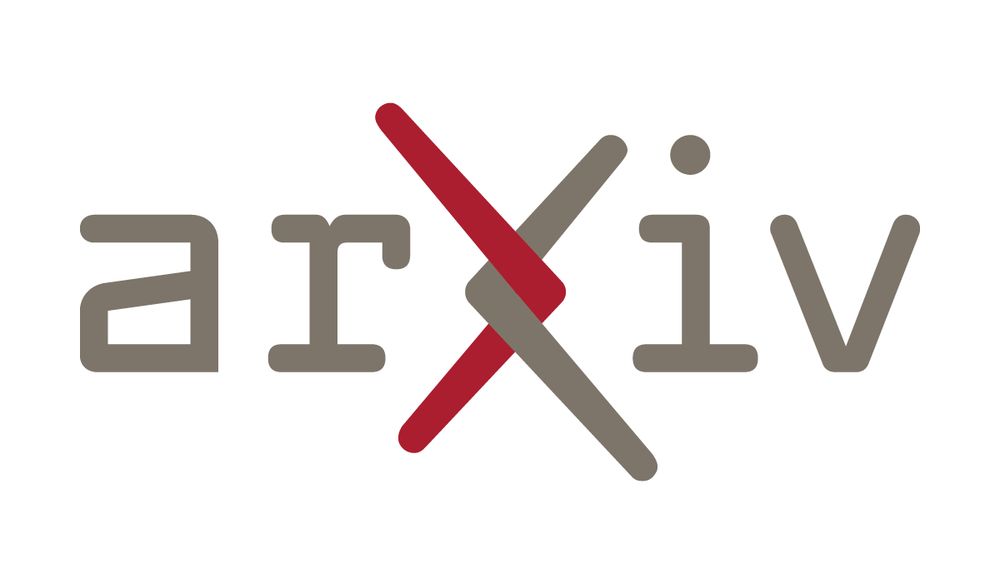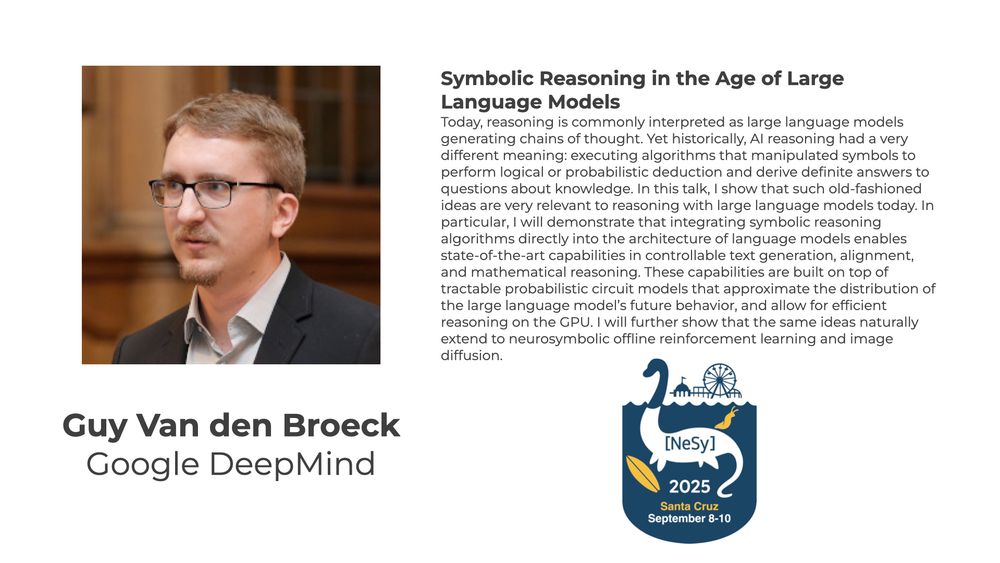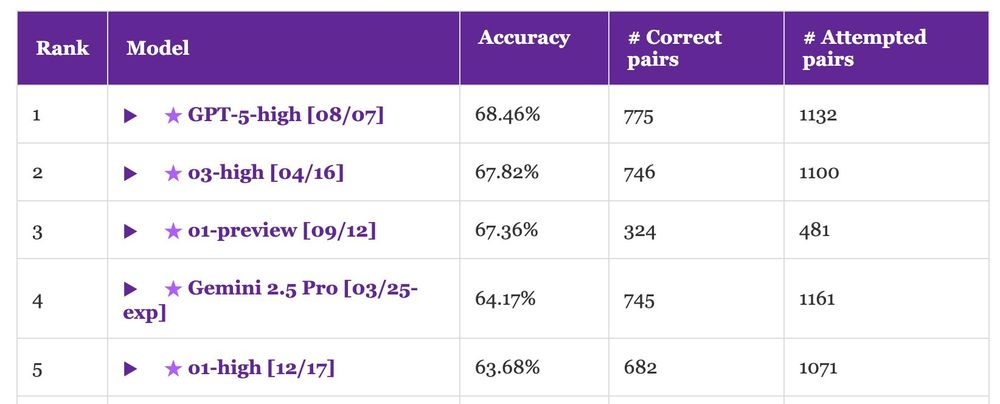Emile van Krieken
@emilevankrieken.com
4.2K followers
1K following
290 posts
Post-doc @ VU Amsterdam, prev University of Edinburgh.
Neurosymbolic Machine Learning, Generative Models, commonsense reasoning
https://www.emilevankrieken.com/
Posts
Media
Videos
Starter Packs
Pinned
Reposted by Emile van Krieken
Reposted by Emile van Krieken
Reposted by Emile van Krieken
Reposted by Emile van Krieken
Reposted by Emile van Krieken
Reposted by Emile van Krieken
Reposted by Emile van Krieken
Reposted by Emile van Krieken
Reposted by Emile van Krieken
Sophie Huiberts
@sophie.huiberts.me
· Aug 20
Reposted by Emile van Krieken
Reposted by Emile van Krieken
Reposted by Emile van Krieken

















